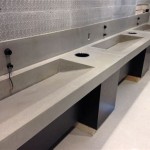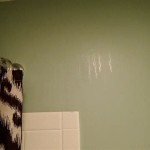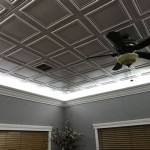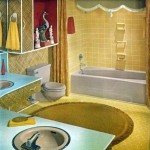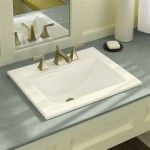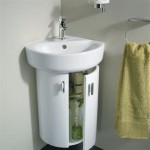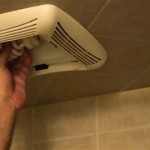Anatomy of Bathroom Sink Plumbing: A Comprehensive Guide
Your bathroom sink is an essential part of your daily routine, and it's important to understand how it works to ensure it functions smoothly. In this article, we will delve into the anatomy of bathroom sink plumbing, including the various components, their functions, and common issues to watch out for.
The Supply Lines
The supply lines are the pipes that bring cold and hot water to the sink. They are typically made of copper, PEX, or CPVC, and they connect to the main water supply in your home. A shut-off valve is located at the base of each supply line, which allows you to turn off the water to the sink if necessary.
The Drainpipe
The drainpipe is the pipe that carries wastewater away from the sink. It connects to the sink drain and extends down through the wall or floor, eventually leading to the main drain line. A P-trap is installed in the drainpipe, which acts as a water barrier to prevent sewer gases from entering the bathroom.
The Faucet
The faucet is the visible part of the sink plumbing that allows you to control the flow and temperature of water. It consists of a handle or lever, a spout, and a cartridge or ball valve. The handle moves the valve inside the cartridge, regulating the flow of water.
The Sink Drain Assembly
The sink drain assembly is the component that connects the sink to the drainpipe. It consists of a drain stopper, a tailpiece, and a locknut. The drain stopper fits into the sink drain opening and prevents water from escaping. The tailpiece connects the drain stopper to the drainpipe, and the locknut secures the assembly in place.
Common Plumbing Issues
Here are some common plumbing issues you may encounter with your bathroom sink:
- Leaky faucets: Worn out washers, O-rings, or cartridge can cause faucets to leak.
- Clogged drains: Hair, soap scum, and other debris can accumulate in the drainpipe, causing water to drain slowly or not at all.
- Running toilets: A faulty flapper valve or fill valve can result in a constantly running toilet.
- Water hammer: When water is turned off suddenly, it can create a loud banging noise in the pipes, known as water hammer.
If you experience any of these issues, it's important to address them promptly to avoid water damage or further problems. You can attempt to fix minor issues yourself, but for more complex repairs, it's best to contact a licensed plumber.

Anatomy Of A Sink Bathroom Plumbing Diy Installation

20 Bathroom Sink Drain Parts How They Works Stopper Plumbing

Bathroom Sink Plumbing

Anatomy Of A Hospital Sink And Associated Nomenclature Flow Scientific Diagram

Anatomy Of A Kitchen Sink Plumbing Installation Diy Repair

What Are The Parts Of A Sink With Detailed Diagram Upgradedhome Com

Kitchen Sink Drain Parts Diagram Decorating Ideas On A Budget Check More At Http Www Entropiad Bathroom Plumbing

How To Plumb A Bathroom With Multiple Plumbing Diagrams Hammerpedia

A Quick Guide To Your Bathroom Sink Plumbing

Bathroom Sink Drains Plumbing Replace
Related Posts
